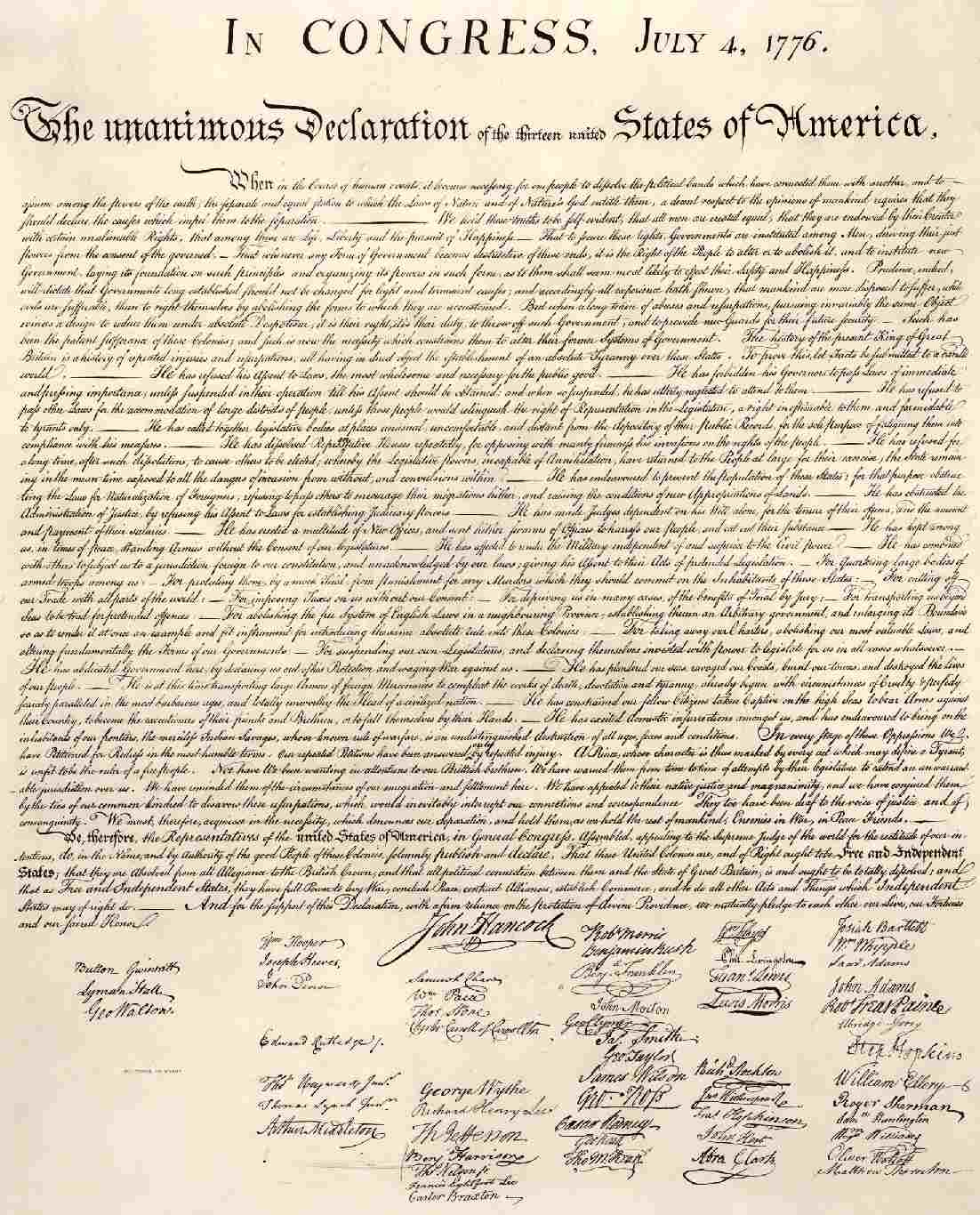"Everything should be made as simple as possible, but not simpler." ~ Albert Einstein
I'm preparing for a series of workshops at a Maine school next week. On Monday I'm scheduled to teach Dreamweaver. On Tuesday we'll be doing iPhoto, and on Wednesday and Thursday I'll be working with teachers on collaborative projects for their classrooms. I'm looking forward to Tuesday, Wednesday, and Thursday - but, by no means, Monday.
Let me first of all admit that I very reluctantly agreed to do the Dreamweaver session. Reluctant for a couple of reasons: First of all because I'll admit I'm not as fluent in it as I should be, not using it regularly; and second, because I think it is the wrong tool for the job. While Dreamweaver is a powerful and polished professional web editor, it is too complex for beginners and, in most cases, completely unnecssary for creating functional classroom web sites. It is like learning to fly using a 747 rather than a small airplane. There are just too many buttons/options to confuse the beginner.
I guess I'm of the school that would start neophytes with a hand saw before they moved up to a power saw. I would have them hand mixing the batter before I introduced the power mixer.
I've just completed my 2-year training with the wonderful eMINTS people at the University of Missouri. I've been very impressed with their organization, their resources, and their conceptual framework. Terrific educators . . .they have it together! But . . . Dreamweaver was their required editor, and it was one of the few things with which I disagreed.
A better web editor for the job would be one similar to Nvu, a free download that covers the basics in an understandable way while still allowing for very effective websites. Who could ask for anything more? :) My view is that there is a need to match the appropriate tool to the context in which we are working, so I'm struggling on how to meet my commitment and, at the same time, do what I know is right in terms of keeping the focus on the learning rather than the specific tool.
I would like to start with Nvu in order for beginners to have a better understanding of the pure basics, but on the other hand, presenting two menu schemes in such a short period of time could simply add to the confusion. So what I'll probably do is simply work with a pure white canvas using Dreamweaver, and eliminate as many extra windows as possible. I'll show the templates later. Anyhow . . . a good part of the session will be on planning pages, evaluating pages others have done, and discussing reasons for having a web page in the first place. In other words, what can a web page bring to the classroom?
Let me admit that I also have concerns about tools that are being promoted in other areas, such as online classroom environments. Is the tool easy to use? Will its design enourage implementation? What is it really needed for? Will it be used?
"The Simplicity Paradox refers to the fact that one always want a powerfully functional object which by nature of its very potential belies a complexity of operation. To make something simpler, often means to make something less powerful. How do you make something powerful, but simple to operate at the same time? This is the challenge."
~ The MIT Simplicity Consortium Challenge
The Beauty of Simplicity
The Laws of Simplicity
Simplicity Consortium
Simplicity Blog
The MIT Press: The Laws of Simplicity
That brings me to the essential question:
How do we decide what the best tool for the job is?




